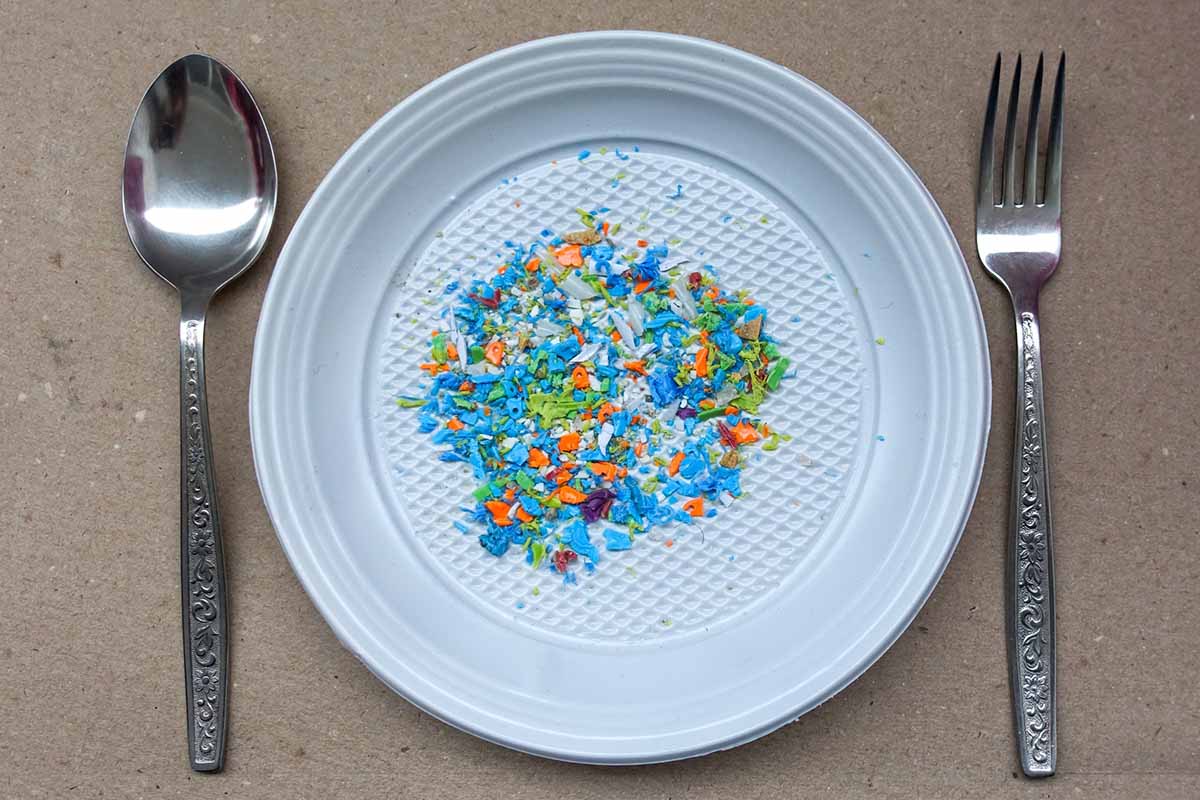A new study reveals the widespread presence of microplastics in human testicles, with possible implications for male fertility

©sivstockstudio/123rf
Microplastics, defined as tiny plastic particles measuring less than 0.2 inches, are now found everywhere—from the air we breathe to the most remote seas. These particles infiltrate soil, drinking water, and even human biological tissues.
Their pervasive presence is the result of decades of unchecked plastic production and consumption, with devastating consequences for both terrestrial and marine ecosystems and human health. Increasingly, studies are discovering microplastics within our bodies, including a recent one by a research team from the University of New Mexico, USA, which found microplastics in human testicles.
The team actually tested 23 human testicles and 47 testicles from pet dogs, finding microplastics in every single sample examined.
Human testicles showed nearly three times the concentration of plastic found in dog testicles: approximately 9.36 micrograms per ounce of tissue compared to about 3.49 micrograms. Polyethylene, used in plastic bags and bottles, was the most common microplastic found, followed by PVC.
Although the human testicles had been preserved and thus their sperm count could not be measured, the dog testicles showed a lower sperm count in samples with higher PVC contamination. The study thus demonstrates a correlation between microplastics and a decrease in sperm count, but further research is needed to establish if microplastics are the direct cause of this decrease.
However, Professor Xiaozhong Yu from the University of New Mexico commented:
“PVC can release many chemicals that interfere with spermatogenesis and contains chemicals that cause endocrine disorders.”
The decline in sperm count in men has been ongoing for decades, with numerous studies blaming chemical pollution, such as that caused by pesticides. However, microplastics might also bear some responsibility.
These tiny substances could indeed deposit in tissues and cause inflammation, much like atmospheric pollution particles.
Regarding the study, Professor Xiaozhong Yu remarked:
“At first, I doubted that microplastics could penetrate the reproductive system. When I first received the results on dogs, I was surprised. I was even more surprised when I got the results on humans.”
Moreover, the testicles analyzed were obtained from autopsies performed in 2016 on men aged between 16 and 88 years at the time of death, and the expert emphasized that now that the quantity of plastic is greater:
“The impact on younger generations could be more worrying.”
The study was published in the journal Toxicological Sciences.
